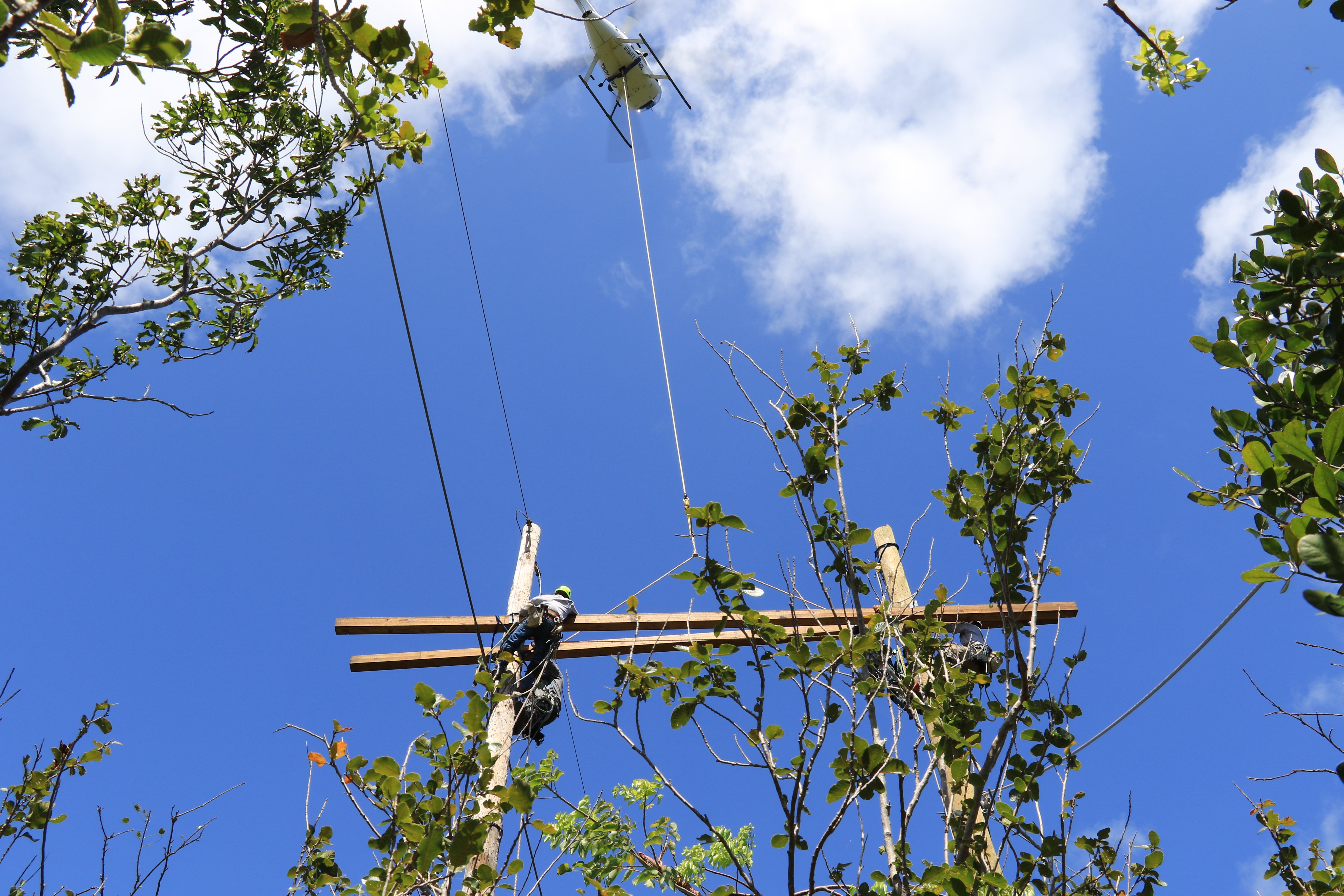US data center construction hit $40 billion this year according to Bank of America. That's insane - up 30% from last year, after already jumping 50% in 2024. This construction boom is driven by AI workload demand and cloud computing growth that shows no signs of slowing. Infrastructure investment is outpacing electrical grid capacity by a factor of three.
This isn't progress - it's an environmental catastrophe driven by AI hype that will fuck over regular people when their electricity bills spike.
What These Power-Hungry Monsters Actually Consume
These AI data centers aren't like normal data centers. They're power-hungry beasts that consume ridiculous amounts of electricity:
A single AI data center uses as much power as 50,000 homes. Microsoft, Google, and Amazon are building dozens of these facilities, each one requiring dedicated power plants to keep running. NVIDIA's H100 clusters consume 700kW per rack, making them the most power-dense infrastructure ever deployed at scale.
The cooling systems alone are insane: AI chips generate so much heat that data centers need industrial-scale cooling systems that consume massive additional electricity. We're talking about facilities that need their own power substations.
GPU clusters are electricity vampires: A single rack of AI GPUs can draw 200kW continuously - that's enough to power 140 average American homes. Multiply that by thousands of racks per data center. Power usage effectiveness for AI facilities runs 1.6-2.0x, meaning cooling and infrastructure consume nearly as much power as the compute hardware itself.

The math is simple: tech companies are building AI infrastructure faster than the electrical grid can handle the load.
Your Power Bill Is About to Get Fucked

Here's what Bank of America won't tell you: when electrical demand spikes 30% in local areas, utilities pass those costs to consumers.
Texas already saw this happen. Data centers moved in, local electrical demand spiked, and residential rates went up 15%. The same pattern is happening in Virginia, Arizona, and other data center hotspots.
Utilities can't build power plants fast enough: Grid upgrades take 3-5 years. Data centers can be built in 18 months. This mismatch means either rolling blackouts or massive rate increases to fund emergency capacity.
Someone has to pay for grid upgrades: Utilities will spend billions upgrading transmission lines and building new plants to handle data center loads. Those costs get passed to regular consumers, not the tech giants causing the problem.
The Real Environmental Cost
Nvidia is making billions selling AI chips, but nobody talks about the environmental cost:
Carbon emissions are spiking: These data centers require so much power that utilities are keeping coal plants online longer and building new natural gas plants instead of transitioning to renewables.
Water usage is out of control: Cooling these facilities requires millions of gallons of water daily. Data centers are draining local aquifers in already water-stressed regions.
The AI bubble is creating stranded assets: When the AI hype dies down (and it will), we'll have massive empty data centers that consumed enormous resources to build but serve no productive purpose.
This Isn't "Strategic Infrastructure"
Tech executives want you to believe AI data centers are like roads or bridges - essential infrastructure everyone benefits from. Bullshit.
These facilities exist to train AI models that replace human workers and generate subscription revenue for tech giants. The infrastructure costs get socialized while the profits remain private.
When your electric bill doubles and your town has rolling blackouts, remember that it's so Microsoft can train ChatGPT-5 and Amazon can replace customer service workers with AI chatbots.
